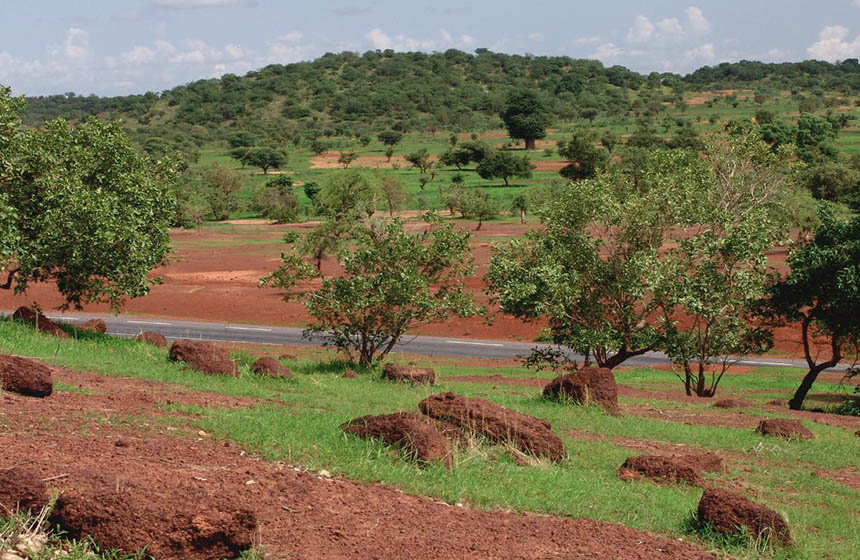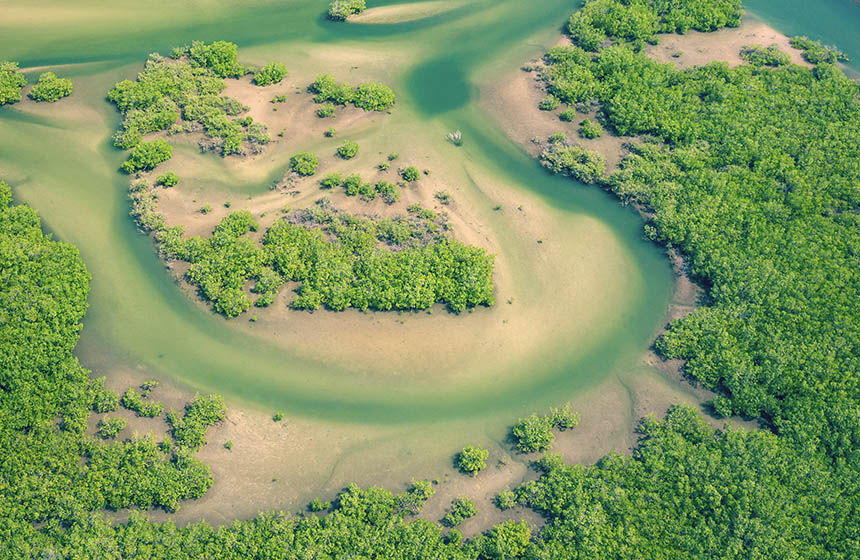Grassland management and wetland conservation in the Nor Yauyos-Cochas Landscape Reserve
Local communities in the Nor Yauyos-Cochas Landscape Reserve who maintain traditional ways of living in harmony with nature, have engaged with the Mountain Ecosystems-based Adaptation program implemented by the UNDP and IUCN to better manage grasslands and local watersheds.
Nature-based Intervention:
The Mountain Ecosystem-based Adaptation program (EbA) is an initiative led by the United Nations Development Programme and the International Union for Conservation of Nature. The objective of the project is to reduce the vulnerability of mountain ecosystems in the Nor Yauyos-Cochas Landscape Reserve to climate change. The EbA program focused on three communities in particular: Canchayllo (900 inhabitants; 7,650 hectares), Miraflores (250 inhabitants; 13,031 hectares), and Tanta (600 inhabitants). As part of the EbA program, community members have introduced approaches to communal management of native grasslands, with a particular emphasis on the management of vicuñas, a wild relative of the llama. The expansion and conservation of wetlands and restoration of water channels and reservoirs to support micro-watersheds was another major tenet of the project. For example, a natural water reservoir dam was restored to reduce water filtration and ensure adequate water supply during the dry season. Furthermore, in Miraflores, a 5-hectare protection zone was enlarged encircling an upper micro-watershed, limiting cattle entry into the area.
Overview of context and outcomes:
The Nor Yauyos-Cochas Landscape Reserve is an area of extremely high conservation value in the high Andean region. The main livelihood for all communities is either livestock or cattle farming although they also practice small-scale cultivated agriculture. Local communities maintain ancestral ways of living in harmony with nature. The interventions have all focused on participatory and community-based management which has improved social cohesion and reduced conflict over resources among community members.
Case effectiveness on
Climate change
The project has reportedly led to the improved management of water from the upper watershed, reducing its scarcity. Wetlands have reportedly been recovered to a large extent, reducing vulnerability to climate change. Vulnerability to drought and the risk of dry season fires have both reportedly been reduced. The interventions have also led to increases in livestock and agricultural productivity.
Ecosystem health
Ecological effect: Not reportedSocioeconomic outcomes
The improved management of communal lands has reportedly led to a reduction in conflict over resources. Sustainable grassland management has reportedly resulted in better pasture and hence healthier livestock products.
Governance
This project is governed by the Ministry of Environment and is implemented in the Nor Yauyos-Cochas Landscape Reserve, with support from the National Service for Protected Natural Areas.
Finance
This project was financed by the German Federal Ministry for the Environment, Nature Conservation and Nuclear Safety
Monitoring and evaluation
There are no clearly reported monitoring protocols currently identified.
Trade-offs and limitations
No information yet available on tradeoffs.
Conducted at landscape scale
Ecosystem type
- Tropical & subtropical grasslands
- Wetlands
Climate change impacts addressed
- Reduced water availability
Instigators
- International conservation/environment organization
- Other
- National government/agency
- Research institutions
Societal challenges
- Biodiversity conservation
- Climate change adaptation
- Water security
Outcomes
- Food security: Not reported
- Water security: Positive
- Health: Not reported
- Local economics: Not reported
- Livelihoods/goods/basic needs: Not reported
- Energy security: Not reported
- Disaster risk reduction: Not reported
- Rights/empowerment/equality: Not reported
- Conflict and security: Not reported
- No. developmental outcomes reported: 3
Resources
Read resource 1Read resource 2
Literature info
- Grey literature




